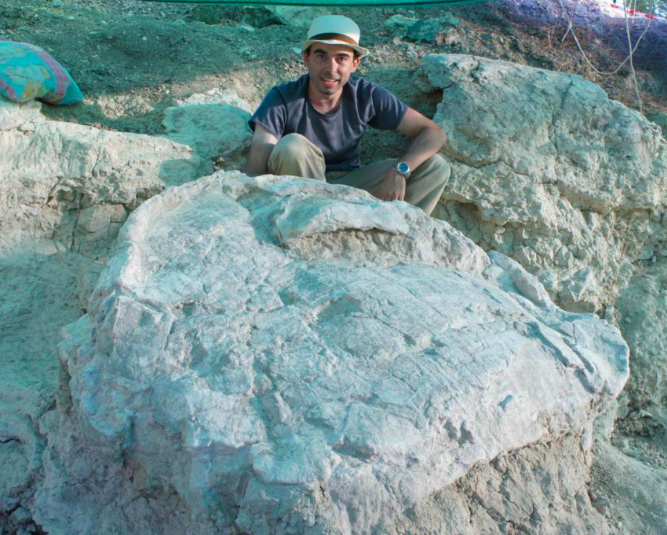BBC Earth
Image: Adán Pérez-García
About two million years ago, not long before humans first arrived in south-east Europe, a giant was disappearing from the west of the continent. Titanochelon, Europe’s last giant tortoise, was on its way to extinction.
The last confirmed sighting comes courtesy of a few newly-described bone fragments found in an ancient hyena den in Spain.
Tortoises are a family of turtles that have evolved to live on land. They are a successful group, with more than 50 recognised species alive today.
Arguably, the most famous are the giant tortoises of the Galápagos. With shells that can grow more than 3ft (1m) in diameter, the Galápagos tortoises are icons of the natural world. There are about a dozen distinct populations, all belonging to the species complex Chelonoidis nigra.
Less well-known, but almost as large, are the giant tortoises living half the world away on the Aldabra Atoll in the Indian Ocean. Again, they all belong to one species.
Given that the only two living populations of giant tortoise are island dwellers, it would be understandable to assume that the reptiles only become whoppers if they are confined to islands for long periods of evolutionary time. After all, plenty of other animals have also grown large while isolated on islands.
But the fossil record tells us otherwise, says Adán Pérez-García at the National University of Distance Education in Madrid, Spain. In the relatively recent past, giant tortoises plodded across almost every large landmass on Earth. The only exceptions were Antarctica and Australia. Read more on the BBC Earth website…








